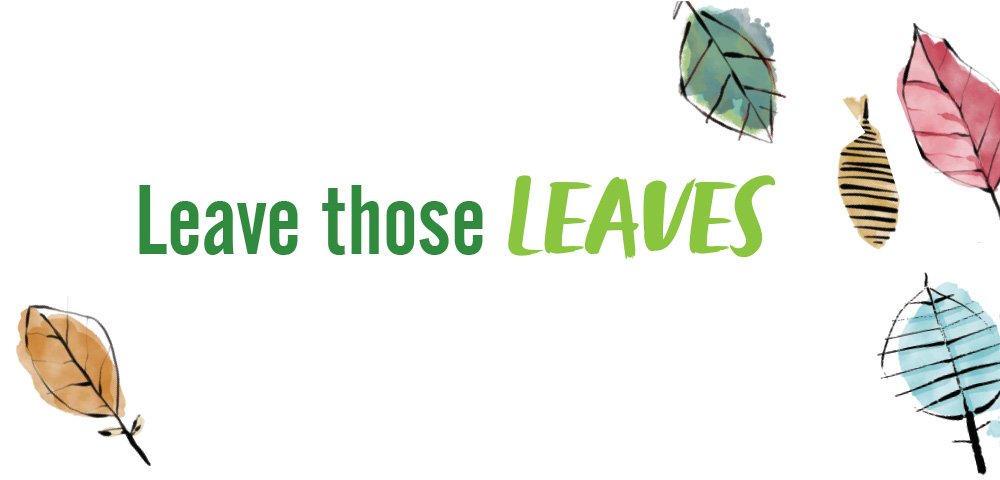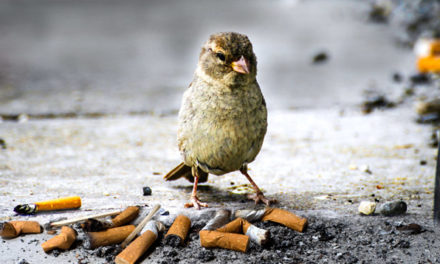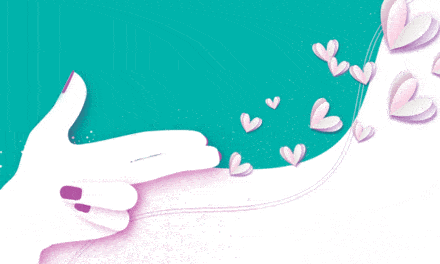
As we begin to sense warmer weather on the way, many of us decide it’s time to “get out there and clean up the leaves,” the ones that didn’t get raked up last fall. We may have left them there because the weather turned blustery and dampened our energies, or maybe we learned that a cover of leaves keeps down weeds in the garden and offers the soil some beneficial nutrients, which is true. But there’s another reason that leaving the leaves – as much as possible – is environmentally important.
It’s about the bees and other pollinators
Some bees do their over-wintering a few inches below soil surface, and a layer of leaves affords them an extra layer of needed protection. But it’s not just bees that are pollinators; the category includes butterflies and moths that spend the colder months as an egg, a caterpillar, a chrysalis, or a full-grown adult. Those species that don’t use the leaf cover simply for protection may lay their eggs on the leaves or disguise their cocoons or chrysalises to blend in with what nature intends to give them for the job – our old, brown, and gray leaves.
If you must remove leaves:
- Do it as late as possible, giving creatures every chance to survive into warmer weather.
- Remove only lawn leaves, not leaves that fall on the garden. Not only do these garden leaves provide homes for pollinators, they provide nutrient-rich mulch for your plants and flowers.
- And when you remove leaves, try not to break them up. Shredded leaves make a great addition to your compost, but the shredding also kills overwintering insects that will be beneficial to your landscape in the warmer parts of the year.
Remember, Nature’s idea of what constitutes a healthy, beautiful yard is different than ours.














